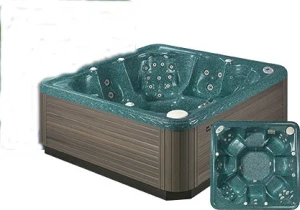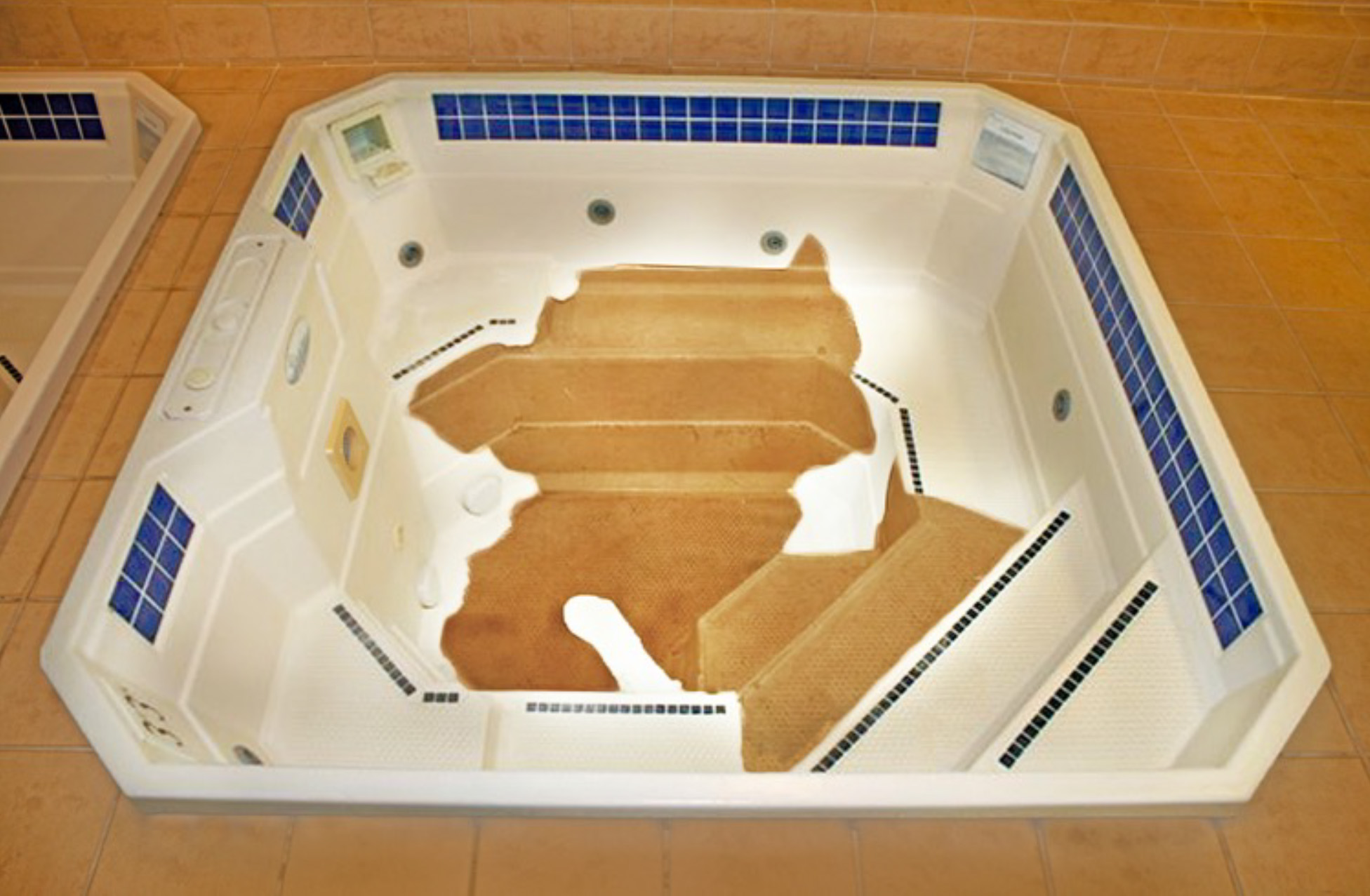John’s inquiry about the cause of white deposits on a spa surface taps into a widespread issue encountered by spa owners across various regions—hard water. The visual evidence provided through the images is a classic portrayal of the calcium and mineral deposits that hard water leaves behind, not just in spas but in household appliances and fixtures as well.
Hard water is characterized by its high mineral content, primarily calcium and magnesium, which can lead to the unsightly white deposits observed in the pictures. Similar to the limescale that accumulates in coffee makers and showerheads, these deposits form when water evaporates, leaving the minerals behind. Over time, without regular cleaning, these deposits can become more challenging to remove, affecting the spa’s aesthetic appeal and potentially its functionality.
To combat these stubborn deposits, a multipronged approach is necessary. For initial attempts, commercial products like Lime Away® are effective in dissolving these basic chemical salts. However, for more entrenched deposits, a stronger solution may be required. Muriatic acid, a diluted form of hydrochloric acid commonly used in pool maintenance, emerges as a powerful ally. Yet, its potency demands careful handling—dilution with water, protective gear like gloves, goggles, and a respirator, and adequate ventilation are non-negotiable safety measures.
The application of diluted muriatic acid with a clean towel, followed by scrubbing with a nylon brush and thorough rinsing, can significantly reduce or eliminate these deposits. Repeating the process ensures a thorough cleanse, but caution must be exercised to avoid damage to sensitive spa components.
Beyond addressing existing deposits, preventing their recurrence is crucial for long-term spa maintenance. Regular use of calcium deposit removal products as part of a spa’s maintenance regimen can mitigate the formation of new deposits. Furthermore, monitoring and adjusting the spa’s water chemistry, particularly calcium hardness, is essential. Ideal calcium hardness levels range between 200 – 400 parts per million, with imbalances leading to scaling or, conversely, water dullness and user discomfort.
John’s query sheds light on a common challenge faced by spa owners dealing with hard water. Through vigilant maintenance, the use of appropriate cleaning agents, and strict adherence to water chemistry guidelines, the integrity and appearance of spas can be preserved. Education on the proper handling of chemical agents and the importance of regular maintenance are key to ensuring the longevity and enjoyment of these luxurious investments.



Find all the essential information about Multi-Tech Products, from contact details to terms of service, in our comprehensive footer section. We’re here to help you with all your surface repair needs.

Your order has been confirmed & it is on the way. Check your email for the details